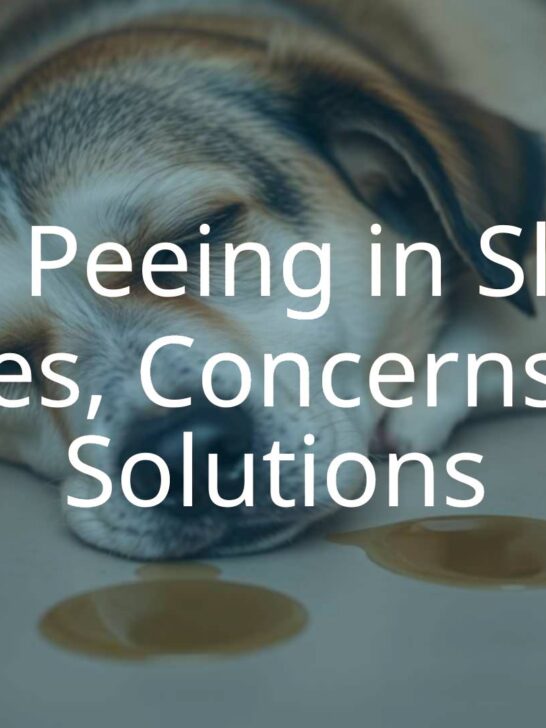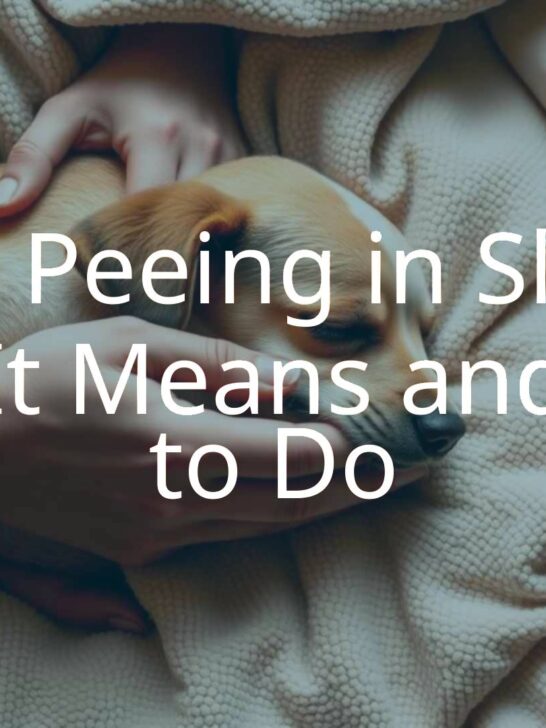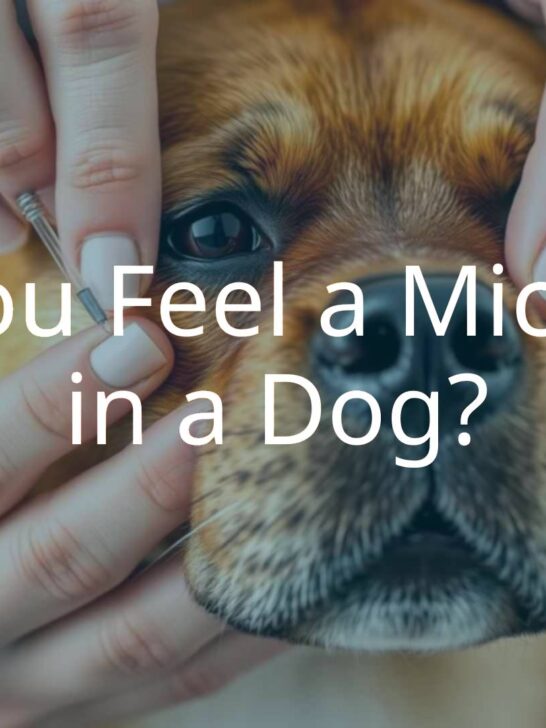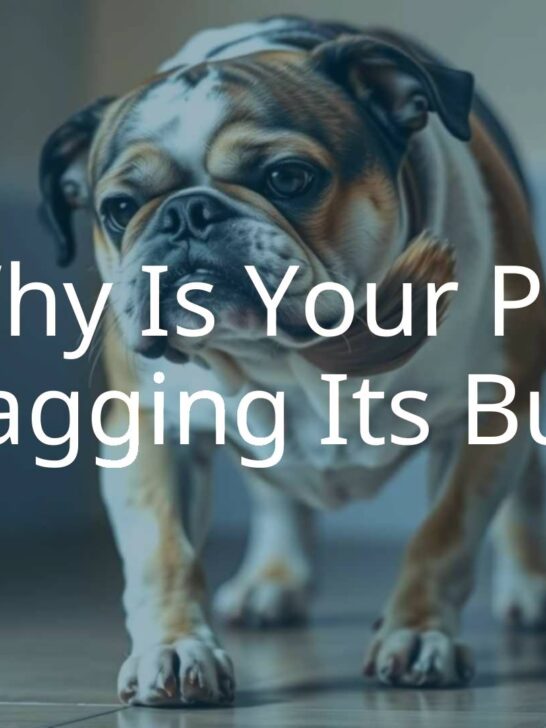How to Act if Your Dog Ate Chocolate
If your dog has eaten chocolate, it’s important to know that this can be dangerous. Chocolate is toxic to dogs, and depending on the type and amount eaten – along with your dog’s size – the effects can range from mild to life-threatening. Dogs are much more sensitive to certain chemicals in chocolate than people are. That’s why it’s key to understand why chocolate is harmful for dogs and what you should do if your pet eats some.

Is Chocolate Dangerous for Dogs?
Yes, chocolate is harmful to dogs. This isn’t just a rumor; it’s proven by science. Dogs have a hard time clearing some chemicals found in chocolate from their bodies, unlike humans, who handle it fairly easily. Because of this, eating chocolate can quickly become a health crisis for a dog. Every year, animal control centers and vets see many cases of chocolate poisoning in dogs, especially around holidays when people often have chocolate at home.
Why Is Chocolate Poisonous for Dogs?
The main substances that make chocolate dangerous are called theobromine and caffeine. Both are stimulants-meaning they can make the heart and brain work harder. If a dog eats chocolate, these chemicals can speed up their heart and make them restless or hyper. Both theobromine and caffeine can also make dogs need to pee more, which can lead to dehydration. Besides that, most chocolate is high in fat and sugar, which can upset a dog’s stomach or cause a serious problem called pancreatitis.
Harmful Ingredients in Chocolate for Dogs
Theobromine is usually the bigger threat of the two chemicals, as it stays in a dog’s body for a long time. The danger level depends on both the type of chocolate and how much your dog eats. Some chocolates are much riskier than others, not just because of amount, but because of how much theobromine and caffeine are present.
Types of Chocolate and Their Dangers
Some chocolates are more dangerous for dogs than others. The darker and more bitter the chocolate, the more toxic it is. Cocoa powder is the most dangerous type, followed by unsweetened baker’s chocolate and dark chocolate. Semisweet or milk chocolate has less of the harmful chemicals but still enough to be a real problem-especially for small dogs or if a lot is eaten. White chocolate has hardly any theobromine, but it can still upset a dog’s stomach because it’s high in fat and sugar. Cocoa mulch (used in gardens) is also very dangerous if a dog eats it.
| Chocolate Type | Theobromine per oz | Danger Level |
|---|---|---|
| Cocoa powder | 130-450 mg | Very high |
| Unsweetened baker’s chocolate | 130-450 mg | Very high |
| Dark chocolate | 60-160 mg | High |
| Semisweet chocolate | 45-60 mg | Moderate |
| Milk chocolate | 44-58 mg | Lower, but still risky |
| White chocolate | 0.25 mg | Very low (but still unhealthy) |
How Much Chocolate Is Dangerous for Dogs?
There’s no simple answer-it depends on a few things. What’s safe for a larger dog could be deadly for a smaller one. You need to know your pet’s weight, the chocolate type, and amount eaten. The smaller and lighter the dog, the less chocolate it takes to cause serious problems.
Things That Affect How Much Is Toxic
- Dog’s size/weight: Larger dogs can handle more than small dogs.
- Chocolate type: Dark and baking chocolate are worst.
- Amount eaten: More eaten means more danger.
Doses by Chocolate Type
- Mild symptoms: About 20 mg theobromine per kg of dog weight
- Heart issues: Around 40-50 mg/kg
- Seizures: More than 60 mg/kg
For reference, one ounce of milk chocolate per pound of body weight is very dangerous. For baking chocolate, just 0.1 oz per pound of body weight could be fatal. Here’s a quick guide:
| Dog Weight (lbs) | Milk Chocolate (oz) | Baker’s Chocolate (oz) |
|---|---|---|
| 10 | 8-10 | ~1 |
| 20 | 16-20 | ~2 |
| 50 | 40-50 | ~5 |
When in doubt, check with a vet or poison hotline to figure out if your dog is in danger based on what exactly they ate.
What Are the Signs of Chocolate Poisoning in Dogs?
It’s important to know what to watch for so you can act quickly. Symptoms depend on how much and what kind of chocolate your dog ate, plus their size and health. Dogs can’t tell you they feel bad-so you need to look for specific changes.
Early Symptoms
- Vomiting
- Diarrhea (can smell like chocolate)
- Restlessness or acting hyper
- Increased thirst and peeing
- Heavy or fast breathing
Serious or Life-Threatening Signs
- Muscle shaking or twitching
- Trouble walking or standing
- Fast or irregular heartbeat
- High blood pressure
- Seizures
- Collapse, fever, or coma
Older dogs, or those with heart problems, are at higher risk for the worst side effects.
When Do Symptoms Start?
Symptoms usually show up within 2-12 hours, sometimes as early as 2 hours or as late as 24 hours after eating chocolate. Because it can take a long time for a dog’s body to get rid of theobromine, the effects can last up to three days or longer. Even if your pet looks okay at first, watching them closely and acting fast if things get worse is important.
Is Sugar-Free Chocolate Also Dangerous?
People might think sugar-free chocolate is safer. Actually, it can be worse. Many sugar-free chocolates use xylitol, which is very toxic to dogs.
Dangers of Xylitol
- Can cause a rapid drop in blood sugar (hypoglycemia)
- May lead to liver failure
- Symptoms can appear quickly and be fatal
If your dog eats sugar-free chocolate or anything with xylitol, contact a vet right away. The risk from xylitol can be even higher than from chocolate itself.
What Should You Do if Your Dog Eats Chocolate?
If your dog just ate chocolate, act quickly but don’t panic. What you do next can help save your dog’s life.
Steps to Take Immediately
- Stay calm.
- Call your vet or an animal poison hotline right away.
- Don’t try to make your dog vomit unless a vet tells you to.
- Collect important information about the incident (see below).
Information Your Vet Will Need
- Your dog’s breed, age, and weight
- What type of chocolate was eaten (milk, dark, baker’s, cocoa powder, etc.)
- How much was eaten (look for wrappers/packaging for the amount)
- Any symptoms your dog has right now
- When your dog ate the chocolate
Sharing these facts helps the vet decide if you need to bring your dog in or watch them at home.
When to Go to the Emergency Vet
Go straight to an emergency vet if:
- Your dog ate a large amount or a very dangerous type of chocolate
- Your dog is showing serious symptoms (like tremors, seizures, rapid heartbeat, or collapse)
- Your dog is a small breed or has health problems
Calling ahead helps the clinic be ready for you. Fast treatment usually means a better chance of recovery and can keep bills lower.
Where to Get Emergency Help if Your Dog Ate Chocolate
Knowing where to get help can save time when every minute matters.
24/7 Animal Poison Helplines
- Pet Poison Helpline: 855-764-7661 / 1-800-213-6680
- ASPCA Animal Poison Control Center: 888-426-4435
These phone hotlines are always open and staffed by experts who can give fast advice. There is often a fee, but their help is worth it in an emergency.
Finding an Emergency Vet Near You
If your vet’s office is closed and your dog needs help, search online for “emergency vet near me” or “24-hour animal hospital.” You can also check veterinary association websites. Keep your closest emergency vet’s phone number in your phone or written down at home. Some services now offer live chat or video vet consultations if you need help quickly or before a clinic visit.
How Will a Vet Diagnose & Treat Chocolate Poisoning?
If you bring your dog to the vet, the team will first ask about what happened, including what type of chocolate and how much your pet ate, and when. The vet will check your dog’s vital signs and look for typical signs of poisoning. Sometimes blood tests will be needed to get a better idea of how badly your pet is affected.
What Treatments Are Used?
- If your dog ate chocolate within the last two hours and isn’t already very sick, the vet may make them vomit using medication.
- After that, they may give activated charcoal by mouth. The charcoal locks up the toxins and stops them being absorbed.
- Your dog may need IV fluids to prevent dehydration and help flush the toxins out.
- They may get medicine to stop nausea, control diarrhea, manage tremors or seizures, or support their heart.
- Most dogs need to stay in the animal hospital for close watching, especially if they have serious symptoms.
How Long Does Recovery Take?
How quickly your dog recovers depends on how much and what kind of chocolate they ate, how big they are, how sick they got, and how quickly they started getting medical care. Mild cases usually get better quickly, often within 1-3 days. Serious symptoms may last two or three days or even longer. Rarely, if there were major complications, there can be longer-lasting issues. Fast treatment means the best chance your dog will be fine.
How Can You Stop Your Dog from Eating Chocolate?
It’s always best to stop problems before they happen. Dogs often like how chocolate smells and tastes, so you need to be careful at all times, especially around holidays.
Store Chocolate Safely
- Keep all chocolate and anything containing cocoa (including hot chocolate, chocolate bars, and cake mix) where your dog can’t reach. Use high shelves, locked cabinets, or closed pantries.
- Don’t leave chocolate on tables, counters, or in purses or backpacks on the floor.
- Be extra careful during holidays and ask guests and children to keep their treats stored safely.
- Remember, even wrapped chocolate can tempt a dog with a good sense of smell.
Teach ‘Leave It’
- Train your dog to ignore dropped food or interesting items by using the “leave it” command, with plenty of rewards for listening.
- This training can help prevent your dog from eating things they shouldn’t, both at home and outside during walks.
Use Crate Training or Safe Rooms
- When you can’t watch your dog, put them in a comfy crate or a dog-proof room. Make sure the space is free of food or other dangerous items.
- Use toys and soft bedding to make the area pleasant and stress-free, so your dog sees it as a good spot, not a punishment.






















